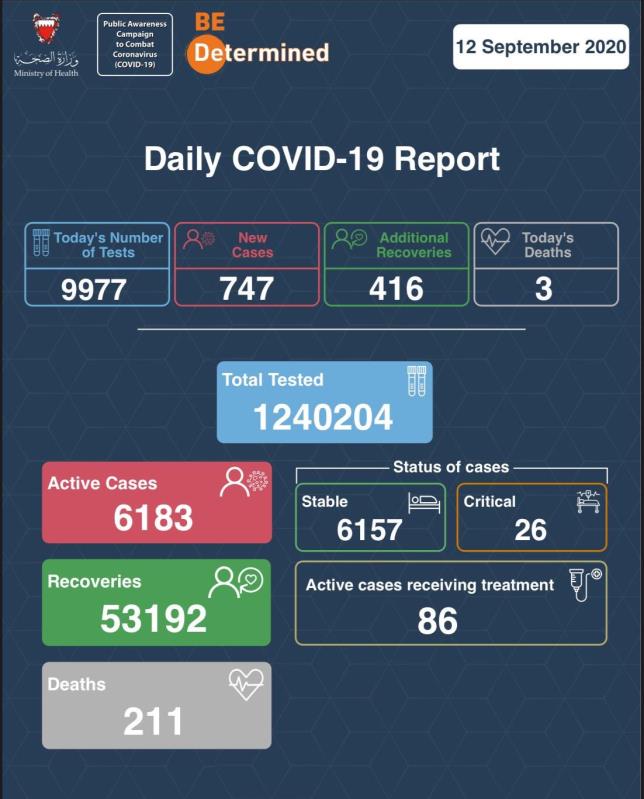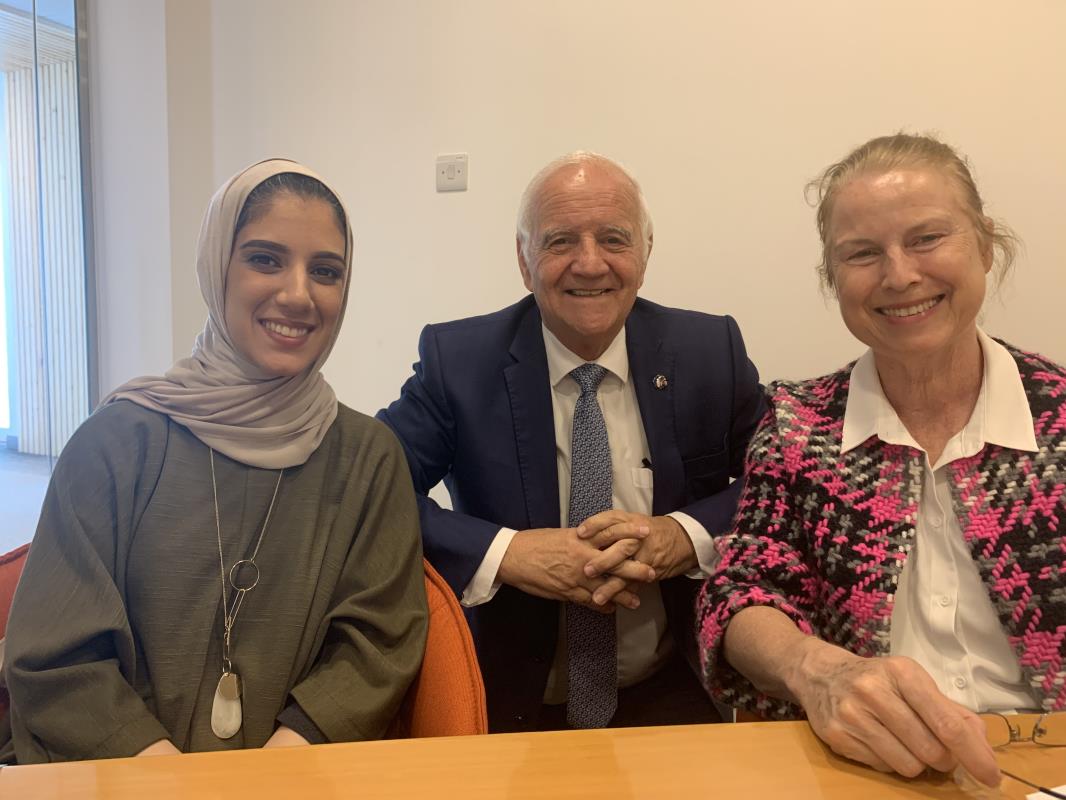Next week will see the last week of the Global Read Aloud Project, an initiative that was started by Ms Pernille Ripp, a 7th grade teacher in the US, to promote reading aloud to children and to remind educators of the benefits of the read-aloud. The project has been going on for over a decade. Every year, it starts in early October and continues for 6 weeks until Mid-November. Educators -and in some cases children’s book authors - do online read-alouds which are transmitted through Skype to their students or students from another country. The participants have grown to over one million children from sixty countries. The educators read the story of the week from a list of six pre-selected favorite children’s stories. For Ms. Ripp, the Global Read Aloud project is a celebration of the read aloud as much as a way to create a common culture of reading and shared humanity between children and educators from different parts of the world.
The children’s writer and literacy scholar Mem Fox reminds us that the time-honored practice of the read aloud is a low-pressure teaching technique that yields high learner engagement and improves the learner’s reading skills. She recommends reading aloud to children three times a day for ten minutes each time. It is possible to read the same story three times or to read a different story for each of the three times according to Fox. The important thing, though, is to keep it quick, light and fun. In fact, studies have shown that learners of different ages and categories: be it the language learners, special needs, or gifted, benefit from listening to their teacher read aloud an unfamiliar text and may well improve learners’ understanding of the text. This also applies to learners in secondary school and even at the college level.
But there is another benefit to the read aloud that we sorely need during our times with a global pandemic going on, and as the effects of social distancing takes its toll on us. The read aloud is a way of connecting and bonding. While educators have been resilient in adjusting to teaching online, many mourn the fact that they do not have direct contact with their students to get to know them, their personalities, and to show that they care. The read aloud is an act of love and sharing.
Some of us may be sceptical of the effectiveness of read-alouds that are projected through screens, especially with the skyrocketing screen-time for children since the beginning of the pandemic. A quick browse through the articles posted on the International Literacy Association’s website shows that the research says otherwise. As do anecdotal accounts. I was talking to some friends recently and they reported that their children even those that are under five respond to read-alouds on screens so long as their caregiver is there to guide and participate. One friend even mentioned that her 3-year-old son stopped fidgeting when he recognised the voice of his teacher. Suddenly, he was attentive in front of the screen and slowly started repeating certain words with the teacher as she read the story. Whether children are distance learning or learning in the classroom, educators cannot go wrong with read-alouds.


















































Neesha 11/12/2020 5:40:28 PM
Very nice 👍 Totally agree with the last part of the article. Indeed I recall all those whiles my father always made me read aloud English stories insisting that my voice should be heard by my ears so I could know how I sound as well as understand. I love the technique of making kids read thrice for 10min keeping the content fun and simple. No wonder as kids we loved mommy read that same story loud over and over and if brought so much thrill every time!